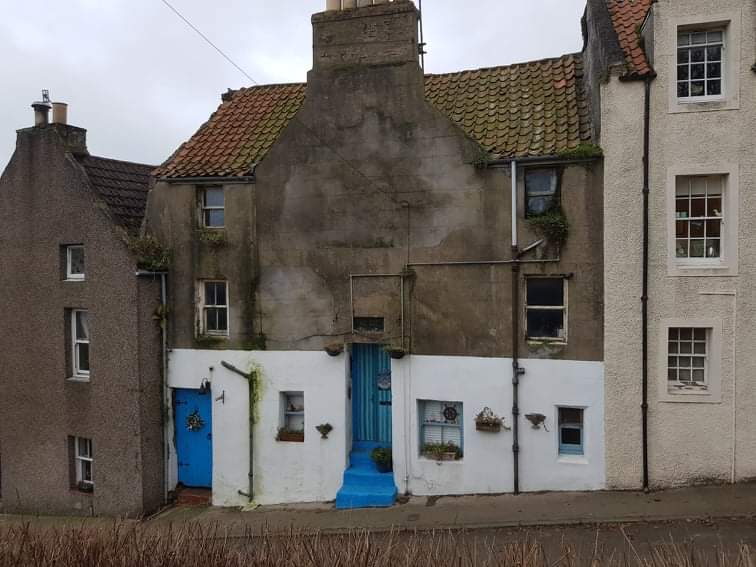Tax changes for second and empty homes
Scotland is facing a housing emergency. A chronic shortage of housing is leading to increasing numbers of people in temporary accommodation and longer housing waiting lists. Alongside ever increasing house prices and private sector rents, this means that more and more people are struggling to afford to rent or buy in the places they grew up or work in.
At the same time, the country has 42,865 long term empty homes and a further 24,287 second homes, often in areas where there is a high demand for housing. While we are under no illusion that converting empty homes and second homes into residential properties will come even close to delivering the amount of housing, and social housing in particular, that Scotland urgently needs, they do have a role to play.
This makes the First Minister’s announcement of a consultation on proposals to allow councils to increase the council tax payable on second homes and empty homes one that has to be seen as a positive step to help to address the housing emergency by freeing up more housing stock. It is certainly one that aligns with the aims of the Scottish Empty Homes Partnership to encourage work to bring empty homes back to use, where possible as social and affordable housing.
One of the main planks of the consultation is the question of whether there should be a stepped approach to charging higher rates of council tax on long-term empty homes whereby councils would be given powers to charge higher rates of council tax the longer the home is empty. For example, there could be a 100% premium at 12 months, rising to 200% premium at 2 years and 300% premium at 5 years.
This is a proposal that has been adopted in other parts of the UK and elsewhere in Europe, but the questions remains of whether or not it is effective in bringing homes back to use, and also whether it unfairly penalises people who would love to bring their empty home back to use but who lack the finances to do this, or who have inherited a property in an area where there is little or no demand for housing.
On the former, it cannot be assumed that large numbers of people who currently can afford a 100% premium will bring their house back to use if it rises to 200%, 300% or even higher. On the latter, an increased premium may actually just increase the chance of the home remaining empty as money that could have been invested into the property is swallowed up by ever increasing council tax bills.
Hopefully the consultation will tease some of this out, and if the proposals are subsequently introduced there will be a requirement that all revenue generated through the increased levy is invested directly into support for owners to bring empty homes back into use as social or affordable housing.
A basket of measures which include carrots, such as grants and loans schemes that work well in some parts of the country, as well as sticks of increased premiums and the introduction of legislation to provide for Compulsory Sales Orders or Compulsory Rental Orders to force the empty property to market where there are council tax arrears and the property is in an area with high levels of demand, would be a way of doing this.
This would mean that owners who still choose to leave their homes empty, notwithstanding the higher premiums, would at least be indirectly contributing towards bringing homes back to use and addressing the housing emergency, while also helping to ensure that people would love to bring an inherited property back to use, but can’t afford the repairs and/or have a home in an area where no one is buying because of systemic empties, are not unfairly penalised.
It is to be welcomed that proposals are being brought forward that recognise how empty homes can be part of solutions, rather than simply being seen as problems, for communities. We look forward to seeing how the proposals develop during the consultation period and beyond.
The Scottish Government consultation is available online at Tax changes for second and empty homes

